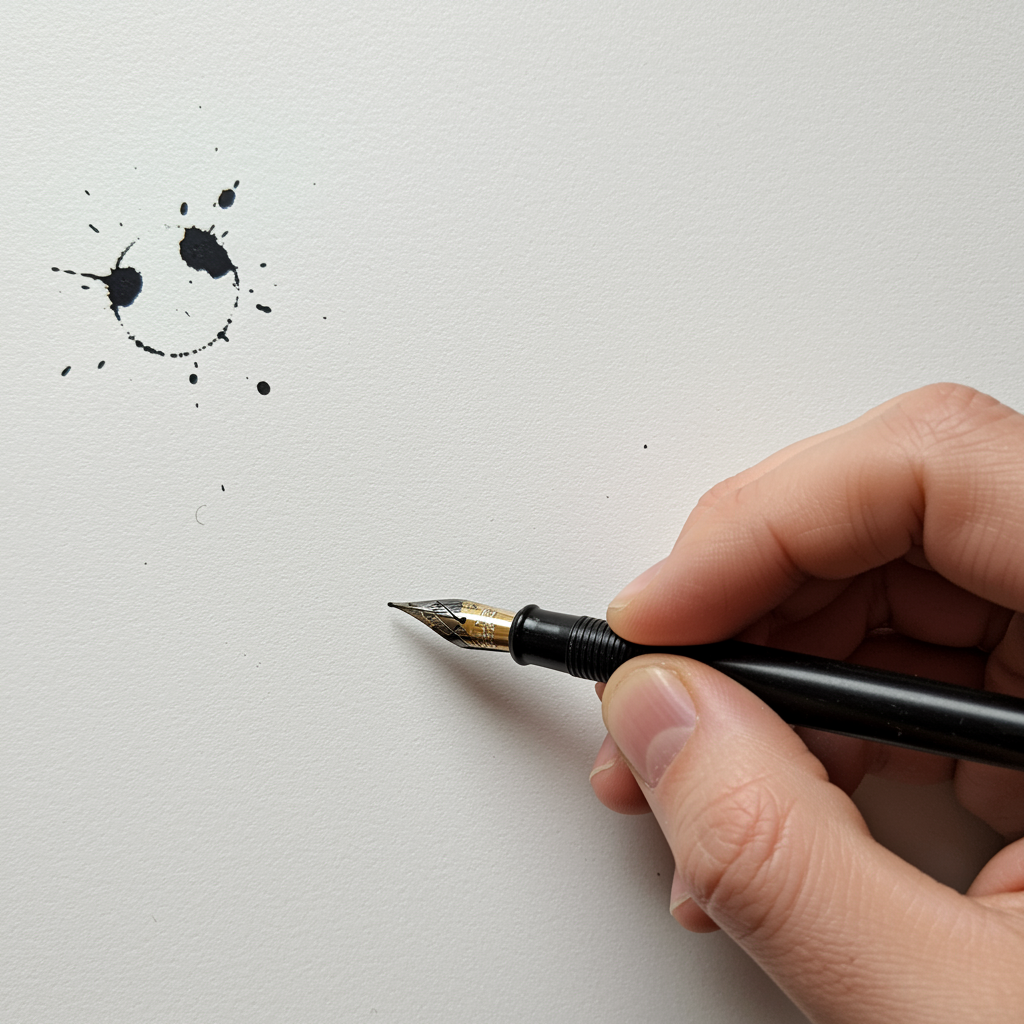- LIFE
The Ultimate Cheesecake Flavours Experience


Left-handed people have always captured interest due to their rarity and unique traits. While most of the world writes and completes daily tasks with the right hand, a small portion prefers the left. This difference has inspired centuries of curiosity, scientific study and cultural discussion. Below is a detailed look at the most interesting facts about left-handers, why left-handedness occurs and the remarkable individuals who share this trait.

Studies show that left-handedness can be partly inherited. If one or both parents are left-handed, there is a higher chance their child will be left-handed too, although the link is not strict and varies from family to family.
Hand preference often begins in the womb. Differences in how the brain develops during pregnancy can influence whether a child becomes left or right-handed. The brain’s hemispheres form differently in each individual, and this early wiring helps establish hand dominance.
The environment also plays a role. Babies naturally explore with both hands, but small habits such as sucking a left thumb or reaching for objects with the left hand can strengthen left-hand preference over time.
Left-handedness is considered a normal variation in human biology. Just like height, hair texture or eye color, handedness develops uniquely in each person. There is no single cause, and it often results from a mix of genetic, neurological and environmental factors.
Only about 10 percent of the global population is left-handed, making lefties a rare and fascinating minority with unique traits and adaptations.
Left-handers often have stronger connections between the brain’s hemispheres, supporting creativity, multitasking, and rapid information processing.
Famous left-handed leaders include Barack Obama, Bill Clinton, and George H.W. Bush, highlighting that left-handers often excel in leadership roles.
Studies suggest left-handers show strong performance in music, art, writing, and design due to their brain’s flexible and unconventional thinking patterns.
In baseball, boxing, tennis, and fencing, left-handers often catch opponents off guard because their playing angles and movements are less common.
Research shows left-handers tend to activate the right hemisphere more strongly, which plays a major role in emotional recognition and expression.
Left-handers often adapt to a right-handed world, leading many of them to develop partial or full ambidexterity over time.
Standard scissors, notebooks, desks, and kitchen gadgets are designed for right-handers, meaning lefties often adapt or use special left-handed tools.
Left-handers often push the pen across the page, which can lead to smudged ink or curved writing styles without the right paper angle.
Celebrated worldwide, this day brings attention to left-handed achievements and the challenges they face in a right-dominant world.
Genetics play a role in handedness, and having a left-handed parent increases the chances of raising a left-handed child.
Signs of left-handedness can appear in infancy—such as reaching, grabbing, or favoring the left side during play.
Motor skills for the left hand are controlled by the right hemisphere, which is associated with creativity, spatial skills, and intuition.
Some studies indicate that lefties show stronger episodic memory, likely due to unique brain hemisphere communication.
Because left-handers often use both hemispheres actively, some research links left-handedness to quicker language processing.
Contrary to stereotypes, left-handers often excel in complex problem-solving and abstract thinking used in science and mathematics.
Big names like Leonardo da Vinci, Michelangelo, and M.C. Escher were left-handed, reinforcing the creative connection.
Studies show that cats and dogs exhibit paw preference, and nearly half may favor their left paw just like human lefties.
Due to diverse neural pathways, left-handers often show greater originality and unconventional thinking in problem-solving.
Because many computer shortcuts are easily accessed with the left hand, left-handed people may develop quicker typing habits.
Fast reaction times, unique spatial awareness, and unexpected gameplay angles can give left-handers an edge in gaming.
In the past, left-handedness was misunderstood, but modern science confirms it’s simply a natural variation in human development.
Lefties frequently choose the opposite side of groups or objects, helping them avoid crowding and improving their interaction comfort.
Guitars, violins, and flutes are traditionally right-handed, so left-handed musicians often require customized instruments or adapt their technique.
This dominance supports skills like spatial reasoning, rhythm, creativity, and emotional intuition.
While most car controls are designed for right-handers, left-handers adapt effectively, particularly with steering and gear shifting.
Studies show left-handers can be quicker at imagining objects in three-dimensional space, aiding geometry and engineering tasks.
Due to right-hemisphere processing, some reflex actions and reaction times may be quicker with the left hand.
Twin studies show a higher percentage of left-handed individuals, suggesting developmental differences in the womb.
Modern research confirms that left-handedness has no negative impact on overall health, intelligence, or lifespan—it is simply a natural human variation.
The iconic artist and inventor was left-handed and often wrote in mirror script. His inventive mind and artistic genius are frequently discussed in relation to his unique brain structure.
The former President of the United States is left-handed. His calm decision-making and thoughtful communication style gained global recognition.
As one of the most influential media personalities in the world, Oprah is left-handed. Her ability to connect with people and create meaningful conversations has made her a global icon.
The co-founder of Microsoft is left-handed. His innovative thinking and strategic vision have shaped the modern tech world.
The award-winning singer and performer is left-handed. Her bold creativity and distinctive artistic identity have earned her worldwide admiration.
Left-handedness is one of the many ways human beings express natural diversity. Although left-handers make up a small percentage of the population, they have made incredible impacts across history, creativity, leadership and innovation. Their unique brain patterns, adaptability and early development make them an interesting part of human biology. Understanding why some people are left-handed helps us appreciate the richness of human variation and the many ways people use their strengths to shape the world.